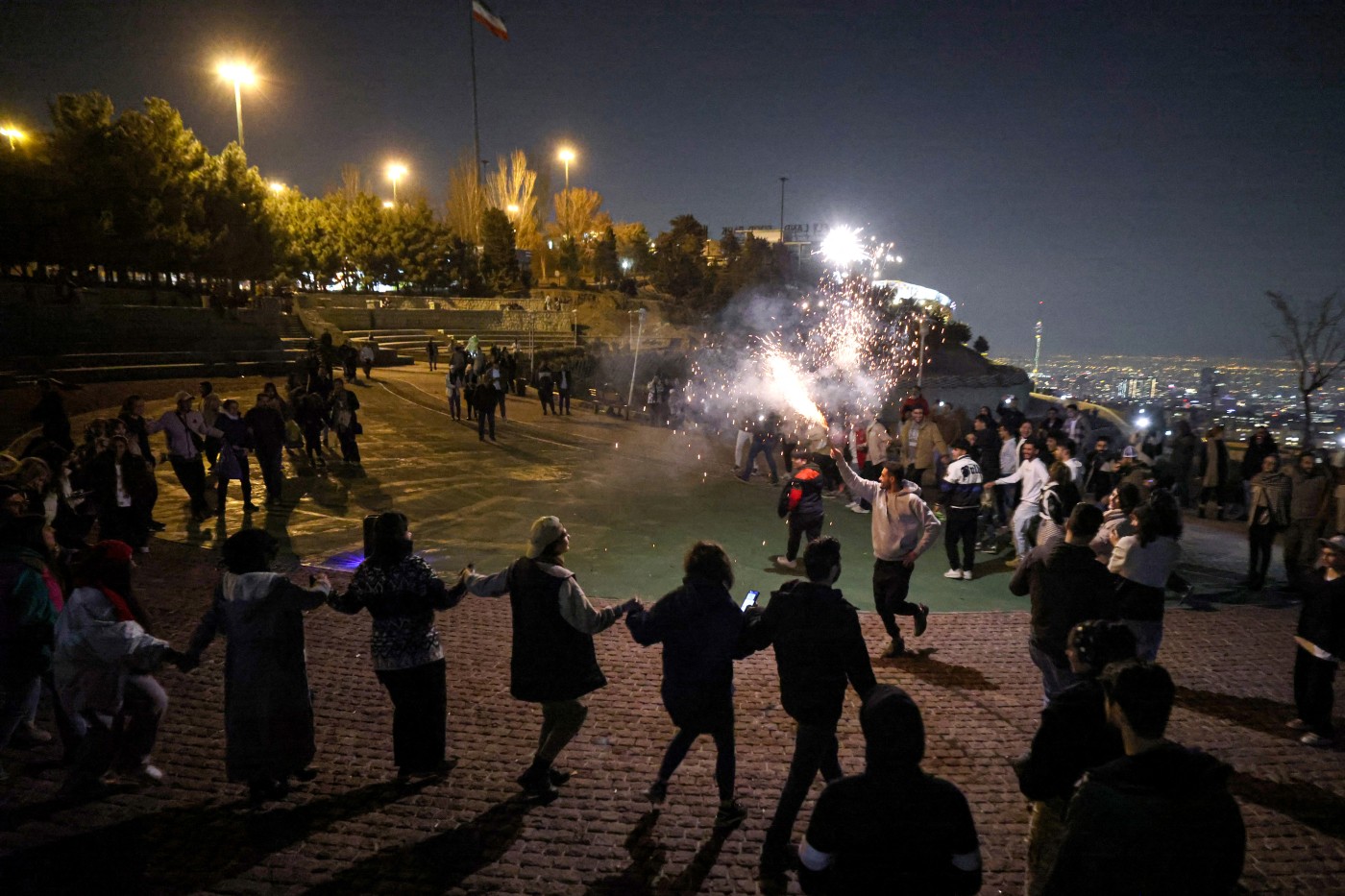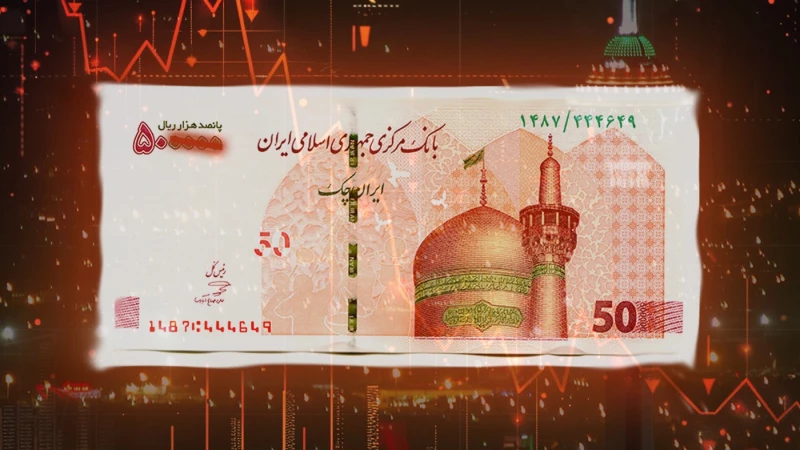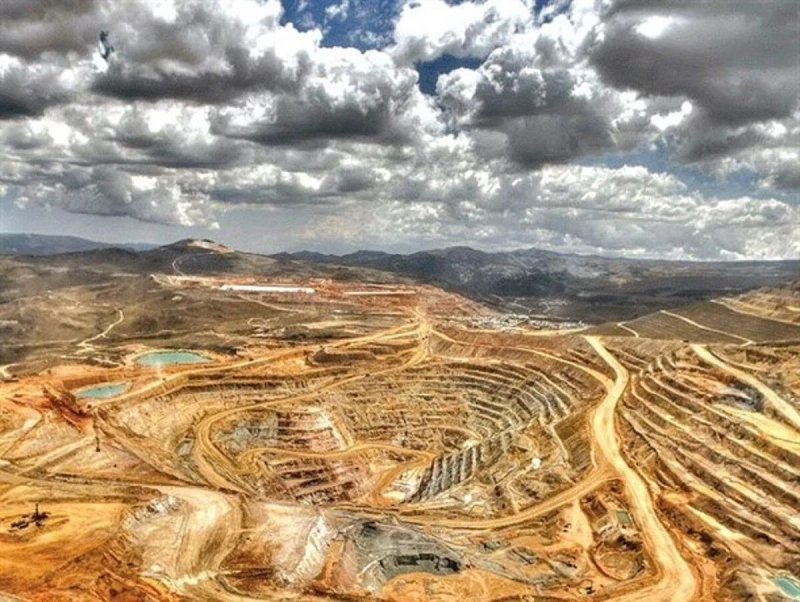The New Region, Iran - Srwa Kaki* who moved to the Iranian city of Isfahan for university and decided to stay there after her studies and get married there, for years experienced rough treatment whenever someone knew she was a Kurd.
For years, if she had met anyone who had lost a family member in the fight against the Kurds around 40 years ago, they would consider her a separatist and discussions in university over the rights of the Kurdish people would often end in conflict.
However, following the Women, Life, Freedom (Jin, Jiyan, Azadi) protest movement in the Fall of 2022, the situation has completely changed, and people of all ethnicities now view Kaki’s people as brave, and always ask to accompany her to Kurdish areas and experience the Kurdish lifestyle.
Newroz, which is celebrated by Kurds, Persians, and many other people across the world, has never felt so different for the Kurds in the Middle East, especially those living in Iran.
The Kurds in Iran often celebrate the arrival of the new year for almost a month, which has led many other nationalities to believe that such celebrations should become a uniting element for all of Iran’s people in the fight for their rights and freedom.
On an extraordinary event, as Kurds and Iranians were celebrating the last wednesday of the Kurdish and Iranian calendar on Tuesday night, locally referred to as “Red Wednesday”, in Iran’s major cities of Tehran and Karaj, the Kurdish folk dance (halparke) became a sight for the heart and the eyes.
People from across the country, regardless if Kurds or not, held hand in hand and enjoyed the Kurdish traditional dance.
This is while for the years following the 1979 Islamic Revolution in Iran, Kurds in the country carried out a bloody fight with the new government for autonomy, and such bloodshed on both sides led to years of antagonism between the Kurds and the Persians.
Media would often label the Kurds as separatists and violent, but with the development of social media and the latest nationwide protests in the country, the rhetoric seems to be changing.
“I came to Isfahan University 15 years ago, and I had heard that their treatment of the Kurds is not nice until I saw with my own eyes,” Kaki, who is originally from the Kurdish city of Sanandaj in Kurdistan province, told The New Region, recalling her experiences of racism at the early days of her life in the city.
However, following the events of 2022, she believes this has changed.
“Due to the arrival of social media and people gaining more information about the Kurds, everything has been changing lately, and following the Zhina movement, the Kurds are now seen as a brave nation and my friends keep asking me to take them to Kurdistan so they can celebrate Newroz and see the Kurdish celebrations,” she said. “Sometimes cabs know I am a Kurd and refuse to let me pay.”
Afshin Moradi*, 38, is among many Iranians who had been misled by the media about the Kurds for years.
Moradi, who lives in Tehran, spoke to The New Region of his experience and how he got curious about the Kurds.
After seeing many positive things about the Kurds on social media, he decided to take his whole family on a trip to Kurdistan.
“What we would see about the Kurds on Iranian media was always violence and men with big mustaches killing, but I have found out how good of a people the Kurds are through social media and how much they value hospitality and humanity,” he said.
Moradi’s love for the Kurdish people ignited further following the nationwide protests of 2022.
“During the Jin, Jiyan, Azadi movement and the Kurdish bravery and resistance to oppression, shook the entirety of Iran and introduced people to the truth,” he said. “We realized the truth we had lost regarding that nation, and now in love for them, many of Iran’s cities have made the Kurdish dance a symbol of Newroz and unity.”
The increasing love for the Kurds is not only happening among the Persians.
Javad Tabrizi, is an activist of Turkish ethnicity and has resided in Tehran to pursue his doctorate degree in the city’s university, spoke to The New Region about the dramatic change in Iranian society following the Zhina movement.
“After the movement, the Kurdish national symbols that played a large role in the movement, such as the jamana (traditional clothing piece) and recently the Kurdish halparke, have become a symbol of resistance across Iran,” he said.
“However there is a fear that these symbols would be taken advantage of by Iranian nationalists and would in return make it lose its traditional value,” he added.
Though Iran is commonly referred to as a place of diversity where Persians, Turks, Kurds, Baluchi, and Arabs have lived for years, but due to several reasons, areas of different ethnicities than Persian, such as the Kurds in the west of the country, and Baluchistan in the east, have for years suffered with inequality.
Such inequality can be seen through the lack of economic growth, appropriate services, and government treatment in those areas.
*Names have been changed to protect their identity



 Facebook
Facebook
 LinkedIn
LinkedIn
 Telegram
Telegram
 X
X


